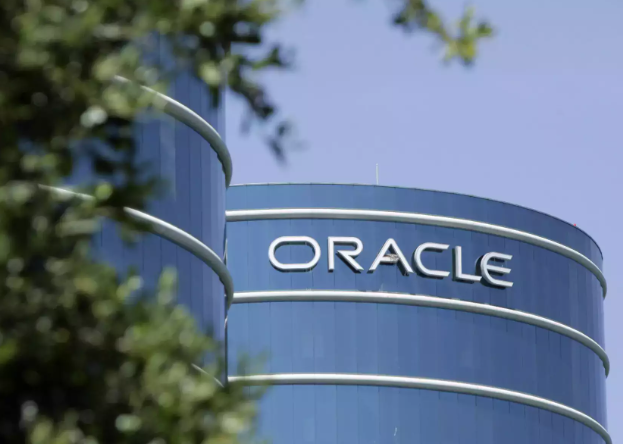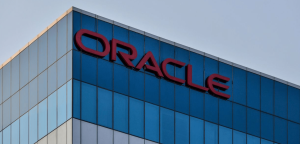Oracle Faces $193 Rout as Traders Bet Big on Default Protection, Echoing Morgan Stanley’s Alarm
Oracle's debt risk reached a three-year high in November, according to Morgan Stanley

Quick overview
- Oracle's debt risk has reached a three-year high, with expectations of worsening conditions by 2026 due to investor concerns over AI spending.
- The company's debt-to-default ratio has increased, and shares are testing significant support levels, having dropped about 40% from their September peak.
- Heavy hedging in the credit default swaps market indicates rising concerns about Oracle's borrowing for AI initiatives, with potential record-breaking CDS prices looming.
- Oracle's corporate bonds are underperforming, and analysts anticipate management will provide more clarity on financing plans in the upcoming earnings call.
Oracle’s debt risk reached a three-year high in November, according to Morgan Stanley, and things are expected to worsen in 2026 unless the database giant can allay investor concerns about a massive artificial intelligence spending binge.

The brokerage’s credit analysts, Lindsay Tyler and David Hamburger, list dangers Oracle faces, like a funding gap, an expanding balance sheet, and obsolescence risk. The debt-to-default ratio over the next five years rose to 1.25 percentage points per year.
Shares are testing the 200-day EMA support at around $185, about 41% below September highs. Over the past 30 days, volatility reached 12.18 percent, with 60 percent of sessions ending lower. Forecasts for the near future (e.g., CoinCodex) predict a decline to $193 by December 25, with a “Bearish” sentiment (Fear and Greed Index: 39). AI hype caused shares to peak at $328.33 in September 2025, but have since dropped by roughly 40% to about $197 at the close of November 25 (down 1.62 percent that day). ORCL is still up about 18–20 percent this year, but the November decline erased roughly $300 billion in market cap, mainly due to risks related to the $300 billion OpenAI partnership.
The price of five-year credit default swaps (CDS) is at risk of breaking the 2008 record, as banks and investors continue heavy hedging due to concerns about the company’s borrowing spree to fund its AI ambitions, as warned in a note on Wednesday. If the CDS market doesn’t clarify its financing plans as the new year approaches, it may surpass 1.5 percentage points and approach 2 percentage points. According to ICE Data Services, Oracle CDS reached a record 1.98 percentage points in 2008. The data center giant now serves as a gauge of AI-related credit risk, given its active investments in AI. In September, the company borrowed $18 billion from the US high-grade market. Then, in early November, a group of around 20 banks secured a project finance loan totaling about $18 billion to develop a data center campus in New Mexico, which Oracle will operate.
Oracle’s corporate bonds have underperformed the Bloomberg high-grade index amid declining sentiment and rising hedging activity, while Oracle CDS has lagged behind the broader investment-grade CDX index. Concerns are also beginning to impact Oracle’s stock, which analysts say might lead management to disclose more about Stargate, data centers, and capital expenditures as part of a financing plan during the next earnings call.
- Check out our free forex signals
- Follow the top economic events on FX Leaders economic calendar
- Trade better, discover more Forex Trading Strategies
- Open a FREE Trading Account
